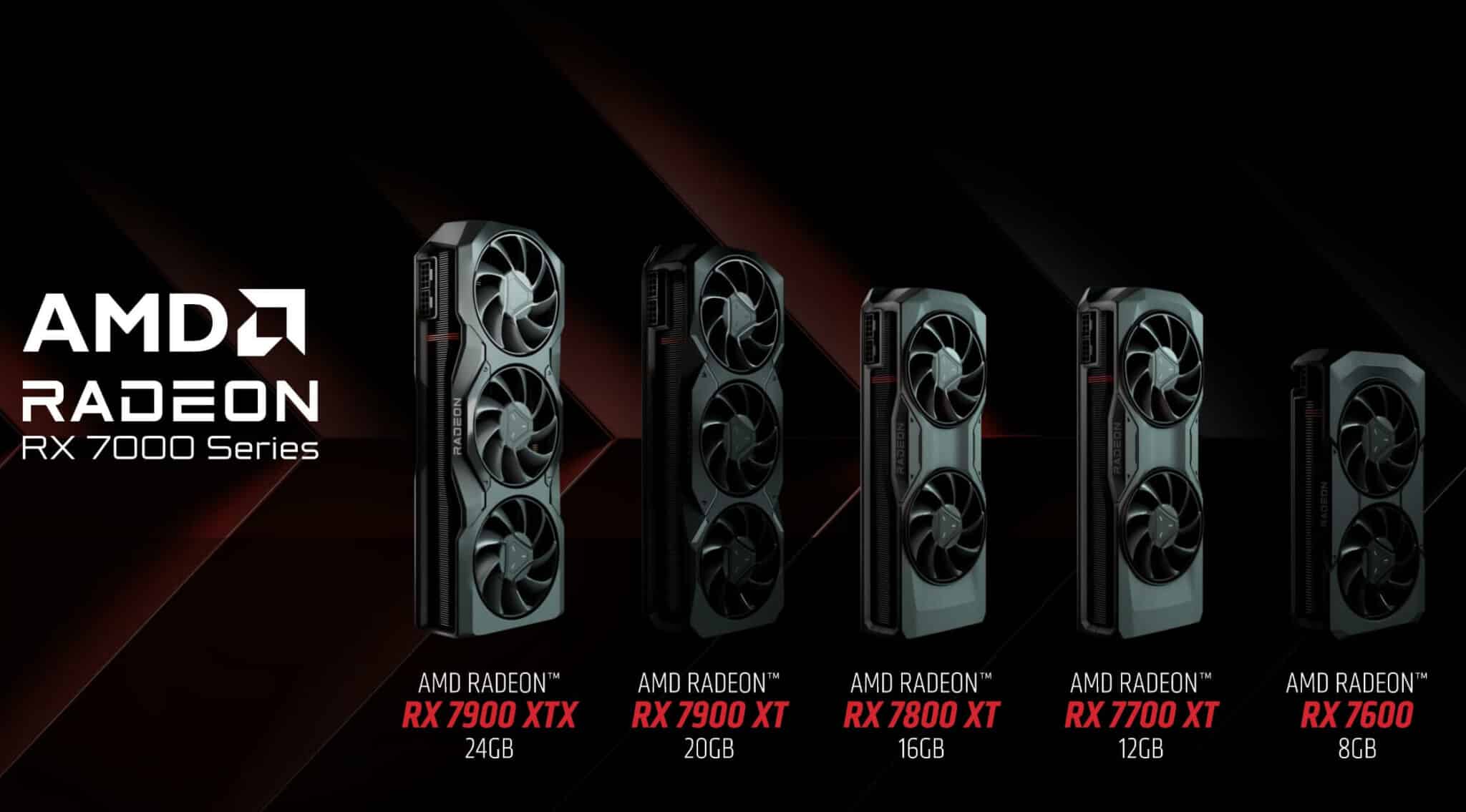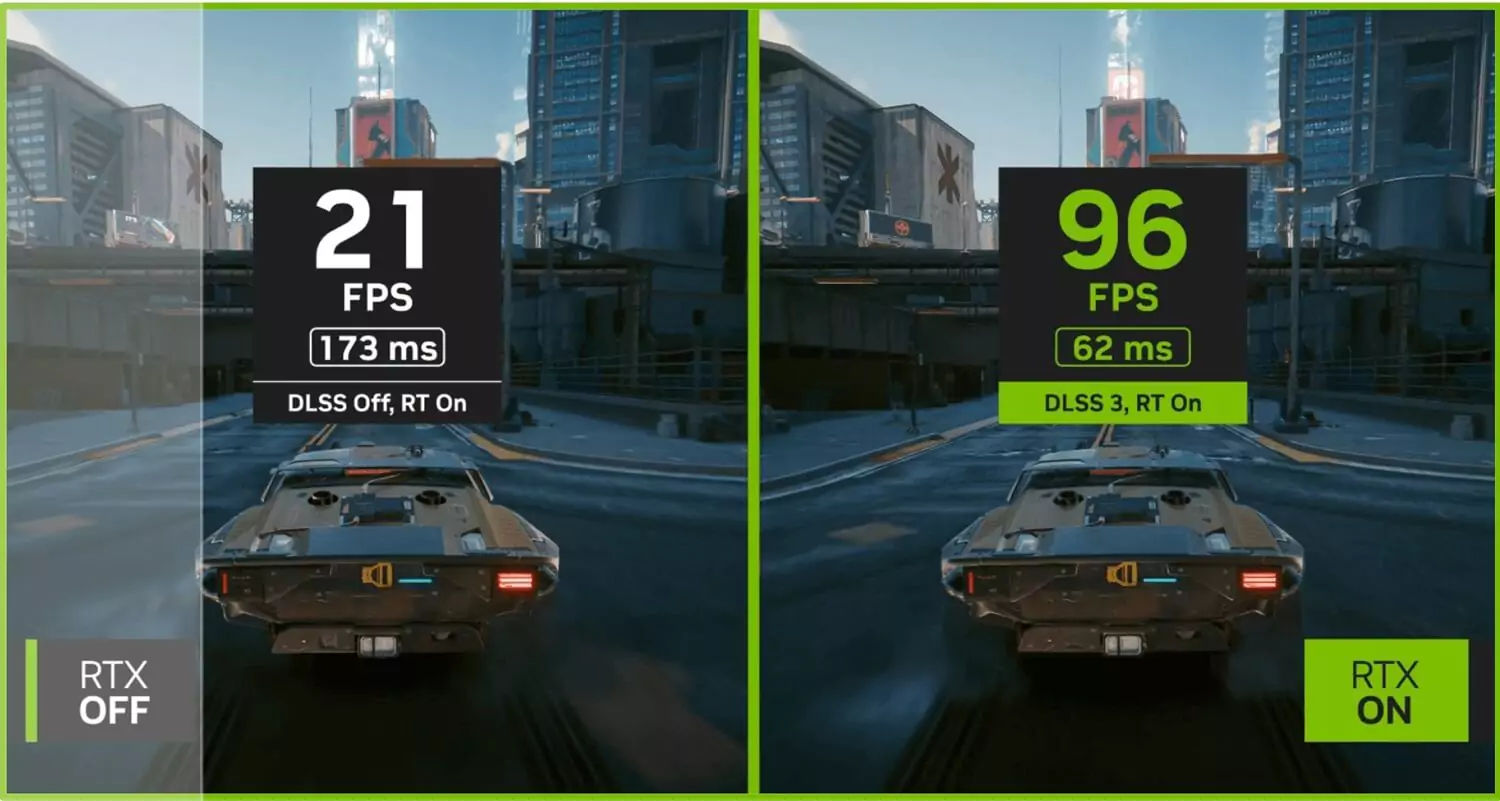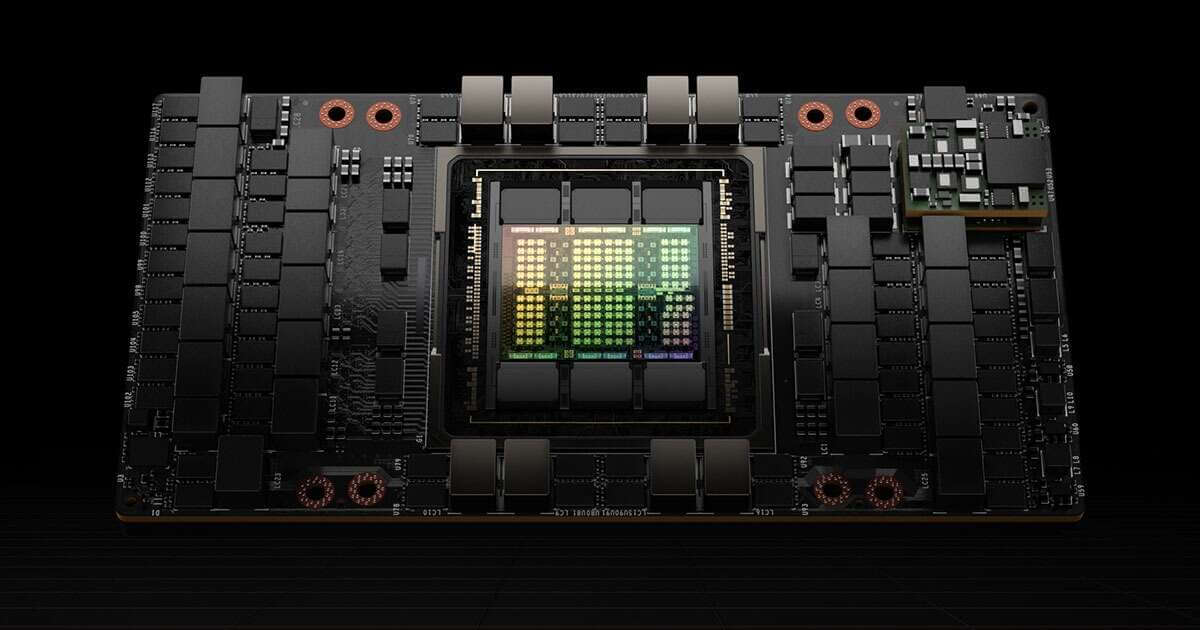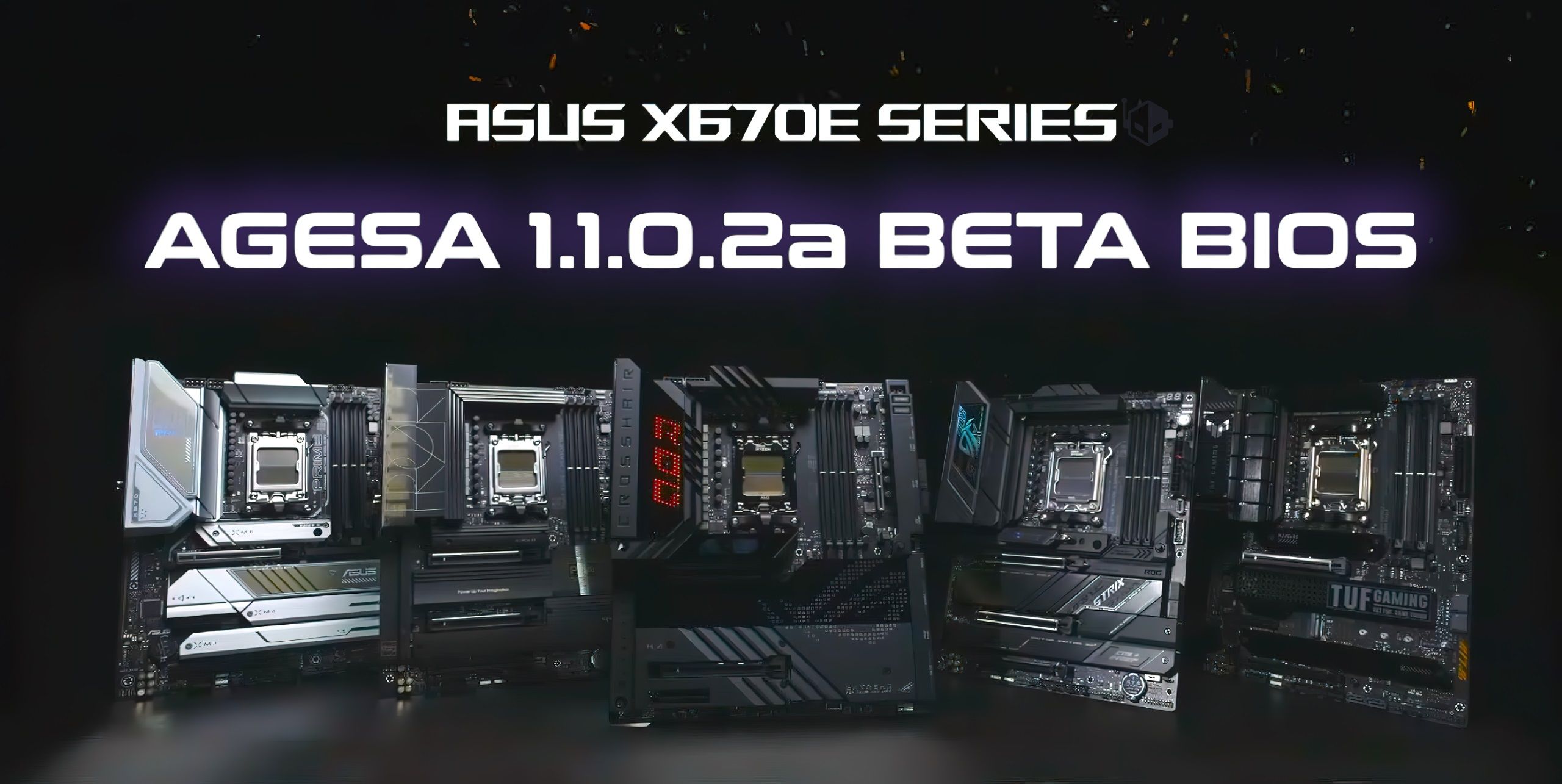Mesa for Linux has been updated to improve the ray tracing performance of Radeon GPUs in several games by up to 2x. The update focuses on Vulkan ray-tracing, transforming 1D ray launches into 2D, and the performance gains are the result of increased hardware utilization.
Previously used 1D launches only leveraged up to 8 threads per wave out of 32 on account of unaligned dispatches. Replacing them with 2D ray launches significantly improves occupancy and performance.
Developer Friedrick Vock has been working on this update for two months, and the result is finally here. With tweaks to just 100 lines of code in the Radeon Vulkan driver and the ACO compiler, we’re getting an uplift of up to 200% in ray-traced games.
The ray tracing performance is improved across generations of Radeon RDNA GPUs. The RX 6700 XT goes from 21 FPS to 42 FPS in Hellblade (+66.66%) and 36 FPS to 55 FPS in Ghostwire Tokyo (+52.77%). Bright Memory Infinite sees a similar gain, while Sackboy is 75% faster following the update.
The Radeon RX 7900 XT sees a much larger uplift. The RDNA 3 GPU is 140% faster in Ghostwire, 37% faster in Witcher 3, and (up to) 200% faster in Chorus.
This update should be out as a stable release by the end of next month. Ubuntu 24 LTS and Fedora 40 should reap the benefits in the coming months.




Comments ()